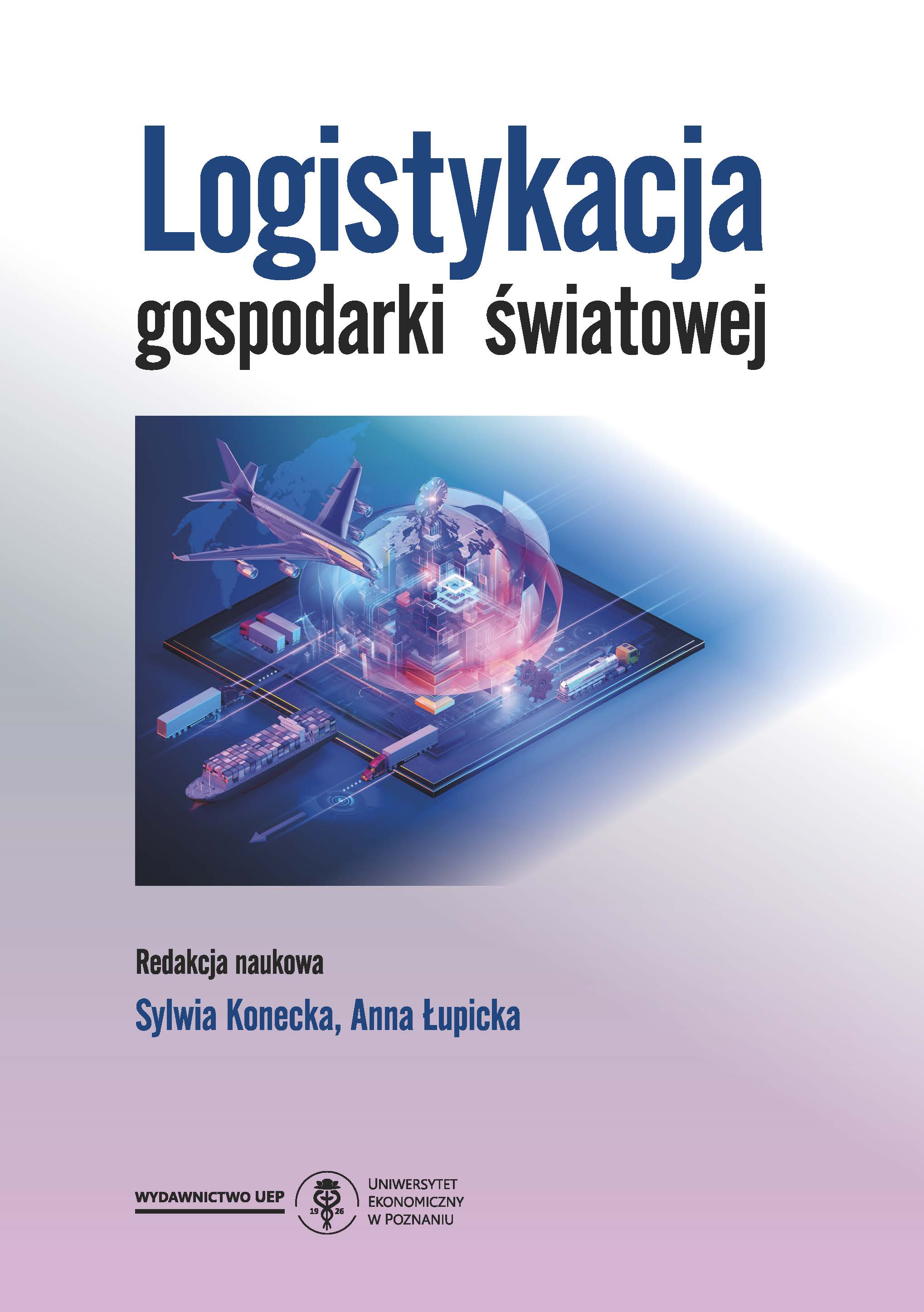Ryzyko zakłóceń w łańcuchach dostaw w dobie kryzysów gospodarczych i pandemii COVID-19
Supply chains disruption risk in the age of economic crisis and COVID-19 pandemic
Author(s): Anna Łupicka, Sylwia Konecka
Subject(s): Economy, Business Economy / Management, Micro-Economics, Transport / Logistics
Published by: Wydawnictwo Uniwersytetu Ekonomicznego w Poznaniu
Keywords: ryzyko;łańcuch dostaw;kryzys gospodarczy;pandemia Covid-19;
Summary/Abstract: In the face of an increasingly unstable economy caused by the global pandemic, a large number of economists ask the question whether the current patterns and models of business management or supply chains are still appropriate and adapted to the current economic situation. In many sectors, the global changes triggered by COVID-19 have put into question the use of existing business models. It seems that the principle of “optimum” no longer exists. Continuous improvement of supply chains or lean and agile management will no longer prove themselves in the present conditions. The tendencies to shorten supply chains keep safety stocks at the lowest possible level and optimize costs by all links led to an economic disaster in the face of the global pandemic. Business, sectors and economies cannot expect a stable, long-term economic environment. Forecasts of future developments, based on an analysis of historical patterns, are currently unlikely and inadequate in the context of rapidly changing local, international or global markets. Uncertainty and the existing market disruptions require decision-makers to rethink potential business or supply chain management alternatives in such a turbulent environment. Currently, a number of local and global trends can be identified to indicate the upcoming changes in business and society. Their long-term impact on the management of the enterprise, including social capital, will certainly be significant. Among many trends, it is possible to indicate the increasingly stronger position of emerging markets, which are involved in global production. Another significant trend is demographic change and migration creating a new face of the workforce. The development of new technologies or the ubiquitous network nature blur the existing boundaries between various sectors of the economy on a global scale.
Book: Logistykacja gospodarki światowej
- Page Range: 44-59
- Page Count: 16
- Publication Year: 2022
- Language: Polish
- Content File-PDF

